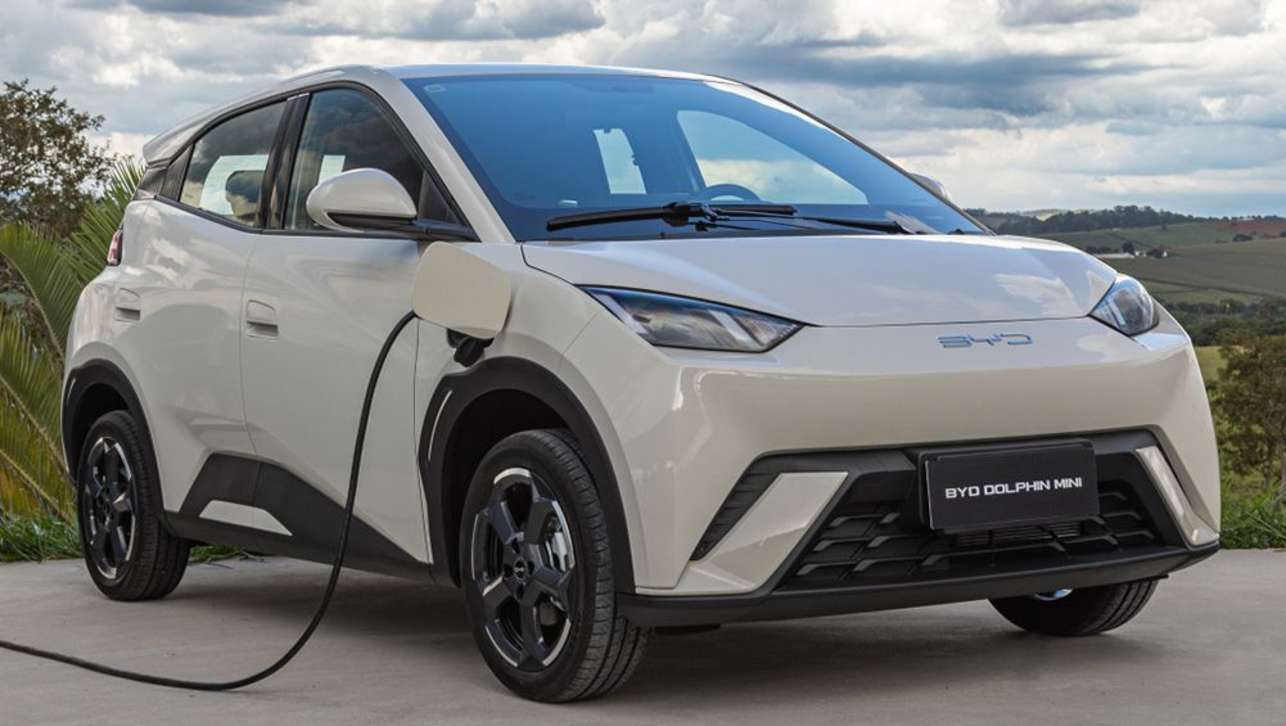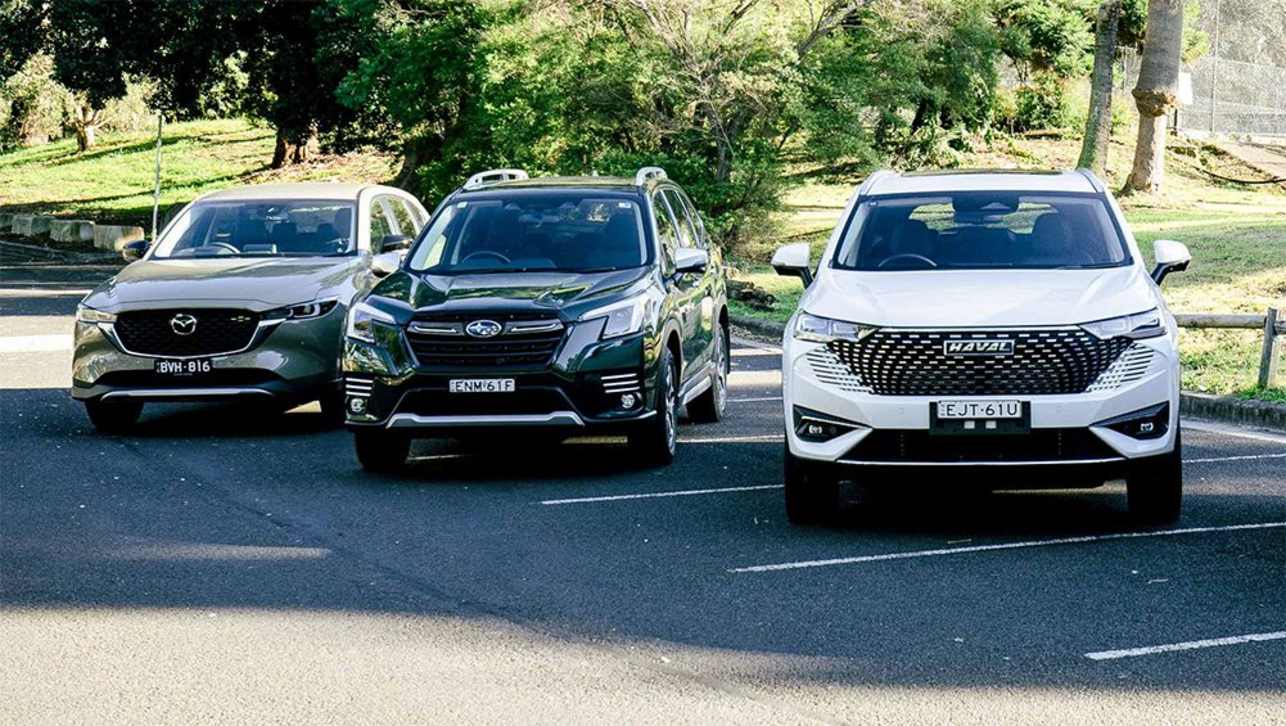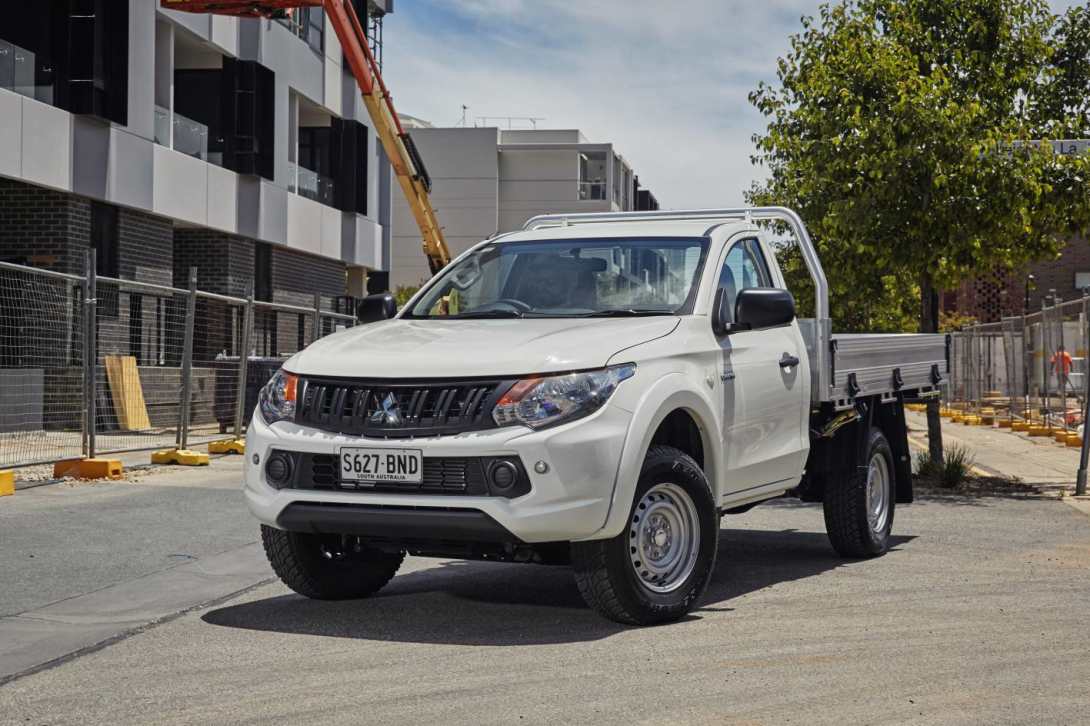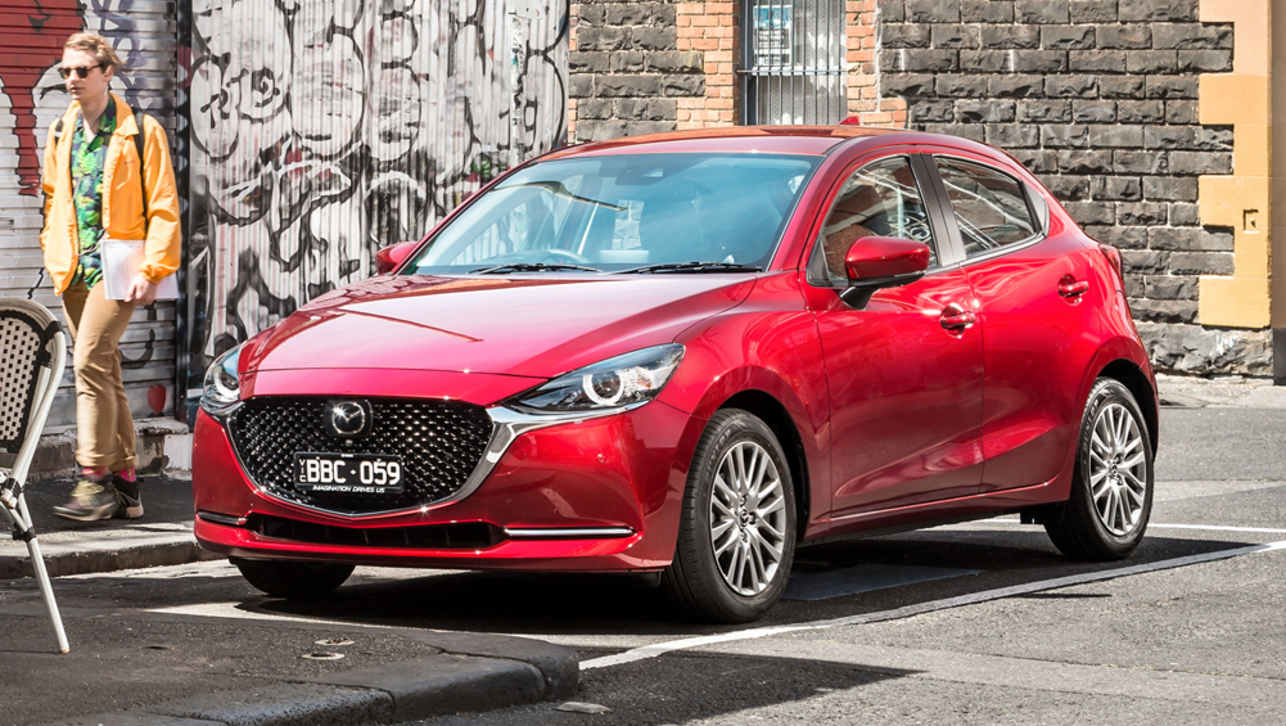Is there a chance the famous old Toyota Starlet nameplate may come back to Australian shores to return the brand to the sub-$18,000 price bracket to take on the popular Kia Picanto, MG3 and Suzuki Swift?
This is happening right now internationally, with the 2021 Toyota Starlet announced in late September being rolled out in some emerging and/or price-sensitive overseas markets like South Africa, with more set to follow soon.
A badge-engineered version of the Suzuki Baleno released in 2015 (but facelifted only last year) and sourced out of India, the modern-day Starlet is visually identical to its donor car apart from the grille and nameplate. As the replacement for the Etios price leader in several regions around the world, it adheres directly to core Toyota values of affordability, reliability and low running costs.
.jpg)
The Toyota/Suzuki partnership, sealed last year, has also seen the recently announcement of other model-sharing models, most notably the Toyota RAV4-derived Suzuki Across and Toyota Corolla wagon-based Suzuki Swace – neither of which are presently slated for Australia.
Right now, Toyota is keeping mum on local plans for the reborn Starlet, with a spokesperson issuing a neutral if somewhat open-ended response to CarsGuide’s enquiries. “At this stage, we have no plans to bring this vehicle to the Australian market,” the statement read.
However, it is an interesting and increasingly relevant question, as this country’s biggest brand seeks to fill the substantial gap in the market created when the completely redesigned and re-engineered fourth-generation Toyota Yaris launched back in August jumped a staggering $7000 over its ageing predecessor.
That move meant the cheapest new Yaris (and thus Toyota) rocketed from $15,390 before on-road costs to $22,130, against the Picanto S’ $14,690, MG3 Core’s $16,990 driveaway and Swift GL Navigator’s $18,990, among other B-segment superminis.
While Toyota said that substantially improved equipment, safety, performance, comfort and dynamics justified the latest Yaris’ price jump, it sidelines price-conscious consumers who are forced to buy elsewhere or even used – a situation currently undermined by depleted second-hand vehicles due to a COVID-19-related rush on them.
One of the present barriers that might keep the Indian-sourced Starlet out of Australia is its independent crash-test ratings, but this looks set to be partially addressed in the near future.
Since launching here nearly five years ago, the Suzuki Baleno has only achieved a disappointing three-star European NCAP score, but we understand that this will rise to four stars with the Safety Pack coming soon to Australian-bound models with autonomous emergency braking (AEB). The latter was unavailable previously.
Whether the Starlet would match the Suzuki in other areas isn’t known. Right now, the Baleno is offered in three grades – GL five-speed manual from $15,990, GL four-speed auto from $16,990 and GLX four-speed auto from $18,990, and all employ a 68kW/130Nm 1.4-litre naturally aspirated four-cylinder petrol engine familiar to drivers of the previous-generation Swift.
Until 2019, the Baleno GLX Turbo was powered by an 82kW/160Nm 1.0-litre three-cylinder turbo petrol Boosterjet and six-speed auto powertrain combination, but that was discontinued to make space for the more-sophisticated Swift.
Despite the reduced choice, Baleno sales have doubled year-to-date over last year’s tally, from 1204 to 2388 units, reflecting both the keen pricing and big-bodied packaging that the Suzuki offers, as well as the new Yaris’ emphatic march upmarket.
The Starlet, meanwhile, was Toyota’s first modern-day entrant into the B-segment in Australia, available from 1996 in fifth-generation P90 series until the Echo/Yaris line usurped it in late 1999.
.jpg)
Finally, if Toyota Australia decides to import the latest Starlet as a price leader, it won’t be the first badge-engineered model the brand has sold in this country.
A model-swap program with Holden forged in the 1980s to help keep local manufacturing viable under the Button Plan saw the Holden VN-VS Commodore in slightly modified guises sold in Toyota dealerships as the Toyota Lexcen, while Holden retailed the Australian-made AE90 and AE100 Corolla and SV20 and XV10 Camry as the Nova and Apollo respectively from 1989 to the cessation of the partnership in 1997. None of the badge-engineered versions proved successful.











.jpg)
.jpg)


.jpg)
.jpg)
.jpg)


.jpg)
.jpg)

_0.jpg)


.jpg)

.jpg)


Comments